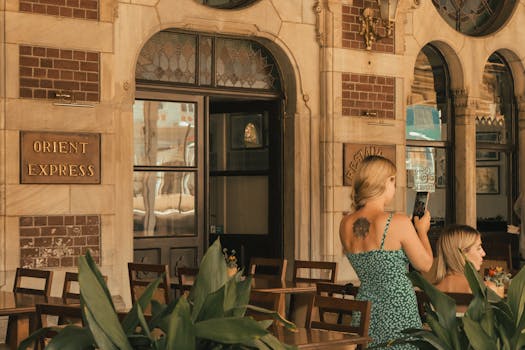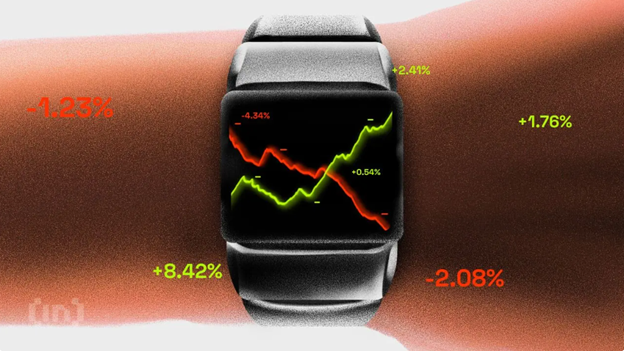
Traveling Through Time: How Europe’s Historical Heritage Shapes Modern Lifestyles in 2025
Traveling Through Time: How Europe’s Historical Heritage Shapes Modern Lifestyles in 2025. Europe, a continent steeped in history and tradition, has a unique ability to transport us through time. From the ancient ruins of Greece and Rome to the modern cities of London and Paris, Europe’s historical heritage is a palpable force that shapes modern lifestyles in countless ways. In this article, we’ll explore how Europe’s past continues to influence its present, from architecture to cuisine, and examine the ways in which historical heritage informs modern lifestyles.
A Brief History of Europe
To understand how Europe’s historical heritage shapes modern lifestyles, it’s essential to take a brief look at the continent’s rich and varied history. From the ancient civilizations of Greece and Rome to the Renaissance and Enlightenment, Europe has been a hub of cultural, artistic, and scientific innovation for centuries. The continent has been shaped by numerous empires, revolutions, and social movements, each leaving its mark on the landscape, culture, and people.
Architecture and Urban Planning
One of the most visible ways in which Europe’s historical heritage shapes modern lifestyles is through architecture and urban planning. Many European cities are characterized by a mix of old and new buildings, with ancient landmarks like the Colosseum and Notre Dame standing alongside modern skyscrapers and shopping centers. This blend of old and new creates a unique and dynamic urban landscape that reflects the continent’s complex history and cultural diversity.
Cuisine and Food Culture
Europe’s historical heritage also plays a significant role in shaping modern food culture. From pasta and pizza in Italy to tapas and paella in Spain, each country has its unique culinary traditions and specialties. These dishes are often rooted in history and have been shaped by cultural exchange, trade, and migration. For example, the popular European dish, fish and chips, has its origins in the Jewish community of Eastern Europe, who brought their tradition of frying fish to the UK.
Arts and Culture
Europe’s historical heritage has also had a profound impact on the arts, with numerous museums, galleries, and festivals celebrating the continent’s rich cultural legacy. From the Uffizi Gallery in Florence to the Louvre in Paris, Europe is home to some of the world’s most famous and influential art collections. The continent’s historical heritage has also shaped modern music, literature, and film, with many artists drawing inspiration from Europe’s complex and varied past.
Conclusion
In conclusion, Europe’s historical heritage continues to shape modern lifestyles in 2025, from architecture to cuisine, and arts to culture. By exploring and understanding this heritage, we can gain a deeper appreciation for the complexities and nuances of European culture and society. Whether you’re a history buff, a foodie, or an art lover, Europe has something to offer, and its historical heritage is sure to leave a lasting impression on all who visit.
Modern Lifestyles in Europe
So, what do modern lifestyles in Europe look like? From the bustling streets of London to the charming canals of Amsterdam, each city has its unique character and charm. Europeans are known for their love of life, good food, and fine wine, and the continent is home to numerous festivals and celebrations throughout the year. Whether you’re interested in history, culture, or simply relaxing in a beautiful setting, Europe has something to offer.
The Impact of Historical Heritage on Modern Lifestyles
The impact of historical heritage on modern lifestyles in Europe is multifaceted and far-reaching. From the preservation of ancient landmarks to the promotion of cultural exchange and understanding, historical heritage plays a vital role in shaping European identity and society. By embracing and celebrating its historical heritage, Europe can continue to thrive and evolve, while remaining true to its roots and traditions.
Challenges and Opportunities
However, preserving historical heritage in Europe also presents numerous challenges and opportunities. With many ancient landmarks and historical sites facing threats from pollution, climate change, and mass tourism, it’s essential to balance preservation with sustainability and responsible tourism practices. Furthermore, historical heritage can also be a source of controversy and debate, particularly when it comes to issues like cultural appropriation and historical accuracy.
The Future of Historical Heritage in Europe
So, what does the future hold for historical heritage in Europe? As the continent continues to evolve and grow, it’s likely that historical heritage will play an increasingly important role in shaping modern lifestyles and identities. With the rise of digital technologies and social media, historical heritage can be shared and experienced in new and innovative ways, reaching a wider audience and inspiring a new generation of historians, artists, and cultural enthusiasts.
Conclusion
In conclusion, Traveling Through Time: How Europe’s Historical Heritage Shapes Modern Lifestyles in 2025 is a fascinating and complex topic that reflects the continent’s rich history, cultural diversity, and dynamic present. By exploring and understanding this heritage, we can gain a deeper appreciation for the intricacies and nuances of European culture and society, and appreciate the many ways in which the past informs the present.




